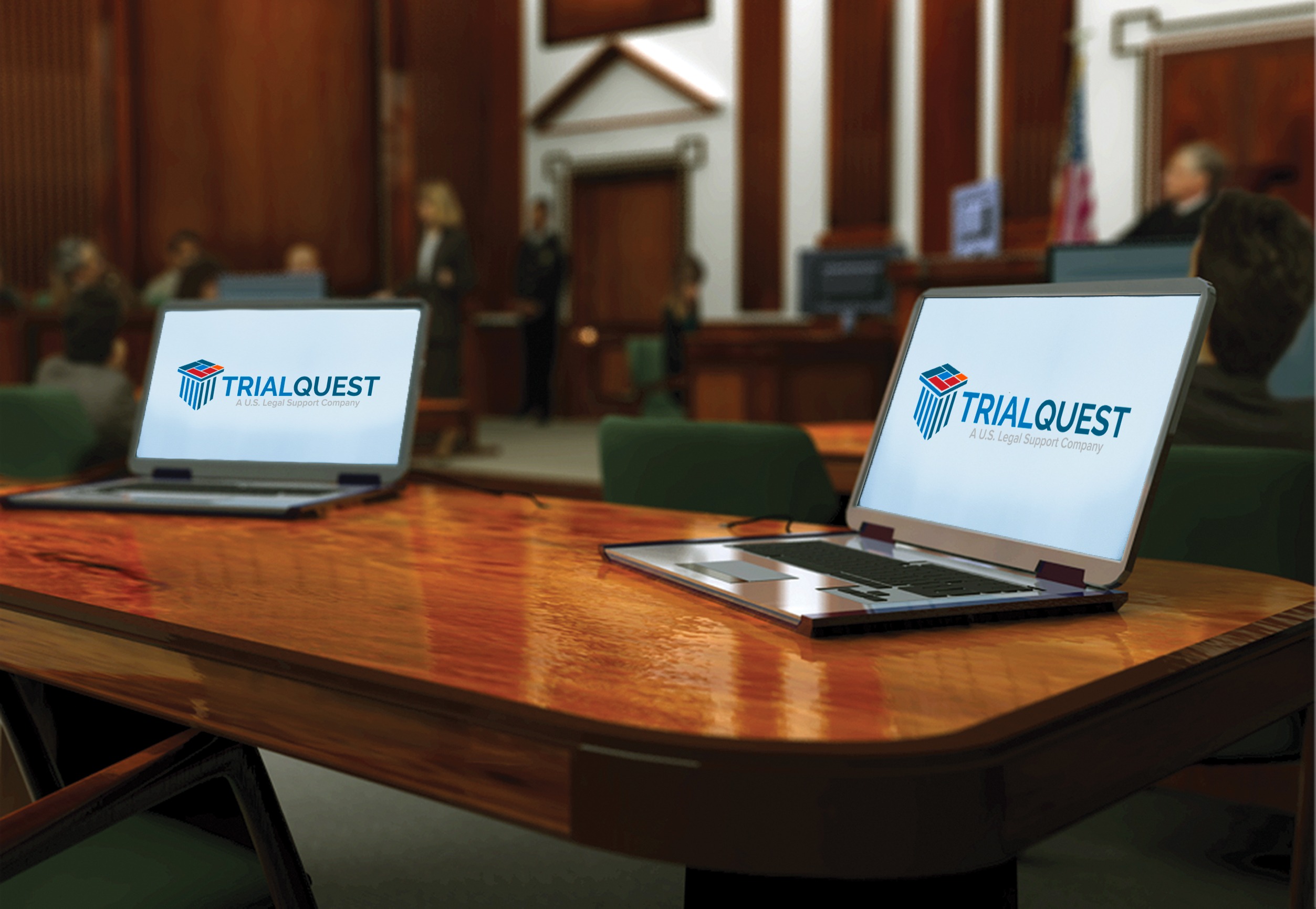The Role of Trial Presentations in Creating Effective Closing Arguments
The Role of Trial Presentations in Creating Effective Closing Arguments
Blog Article
The Power of Visuals in Trial Presentations for a Winning Debate
The combination of visuals in trial presentations has emerged as a vital variable in properly connecting intricate debates to jurors. By making use of numerous types of aesthetic aids-- be it diagrams, photos, or animations-- attorneys can enhance understanding and retention, ultimately forming the court's assumption of the instance.
Value of Visuals in Tests
In lots of legal settings, visuals play an essential role in boosting the performance of test discussions. The combination of visual elements can considerably impact jurors' understanding and retention of complex details, therefore forming their understandings and decisions. Visuals, such as graphes, layouts, and photos, can streamline complex narratives, making them more available and engaging.
Additionally, the human brain processes aesthetic details a lot more effectively than text, which highlights the value of integrating visuals into lawful disagreements. By translating thick lawful concepts right into aesthetic styles, attorneys can facilitate more clear interaction, making certain that bottom lines are not forgotten during trials.
Furthermore, visuals offer to involve jurors on an emotional degree, promoting a connection to the case that words alone might stop working to achieve. The strategic use of visuals can stimulate compassion, prompting jurors to take into consideration the human elements of the situation.
Ultimately, the relevance of visuals in tests lies in their capability to enhance quality, improve juror interaction, and reinforce the story existing. This potent mix is vital for crafting influential disagreements that reverberate with jurors and influence the end result of legal proceedings.
Kinds Of Visuals to Make Use Of
Efficient test presentations can substantially benefit from a range of aesthetic tools that provide to different aspects of the case. trial presentations. Making use of representations and graphes can successfully break down complicated information, making it a lot more digestible for jurors. Flowcharts can highlight the series of events, while bar graphs might succinctly compare pertinent data points.

Animations and simulations can likewise play an important function, especially in situations including technical data or complex circumstances. These visuals can dynamically represent processes or activities, giving clarity and interaction that static photos might not achieve.
In addition, infographics incorporate message and visuals to sum up essential information efficiently. They can provide timelines, stats, and considerable situation factors in an aesthetically enticing fashion, making it less complicated for jurors to adhere to the argument.
Enhancing Comprehension and Retention

Enhancing comprehension and retention during trial presentations is essential for ensuring that jurors grasp the important aspects of a case. Aesthetic help serve as effective devices hereof, equating complex information into easily digestible styles. By making use of graphes, representations, and infographics, attorneys can streamline detailed information and emphasize bottom lines that might or else be overlooked.
Studies have actually revealed that individuals maintain details dramatically much better when it exists aesthetically. This is especially essential in a trial setting, where jurors may be bewildered by the quantity of proof and statement. By strategically including visuals, lawyers can guide jurors' attention to one of the most essential facets of the situation, strengthening their understanding and memory of the product provided.

Developing Engaging Presentations
Captivating jurors' focus throughout trial presentations is important for conveying an engaging story. Involving presentations take advantage of visual components to produce an unforgettable experience that reverberates with jurors. The critical use graphics, animations, and video clips can illuminate complex details, making it much more accessible and relatable.

Additionally, including narration methods can enhance involvement. Providing evidence in a sensible series that develops sob story allows jurors to connect with the product on an individual level. Numerous discussion styles, such as anchor integrating short video clip clips or interactive elements, can likewise receive rate of interest and attention throughout the trial.
Eventually, an interesting presentation cultivates a more extensive understanding of the instance, allowing jurors to much better appreciate the disagreements existing and resulting in an extra favorable result.
Instance Studies and Success Stories
Many instance studies highlight the considerable influence of visuals in test presentations, demonstrating their capacity to affect juror perceptions and eventually the results of instances. As an example, a significant instance involving an accident insurance claim highlighted how the use of a 3D animation of the mishap scene made clear complex information. Jurors reported really feeling even more enlightened and empathetic, substantially guiding their decision in favor of the plaintiff.
In another instance, a business lawsuits situation used infographics to existing economic information and timelines, making elaborate info obtainable. The aesthetic representation enabled jurors to understand the nuances of the case a lot more properly than spoken descriptions alone. trial presentations. Because of this, the jury returned a verdict that exceeded the customer's address assumptions
The engaging visuals not just assisted in producing question however likewise reverberated mentally with jurors, leading to Get More Information a pardon. These success stories highlight the necessity of integrating visuals right into test presentations, as they improve understanding, retention, and eventually, the convincing power of legal arguments.
Verdict
To conclude, the critical consolidation of visuals in trial discussions substantially enhances jurors' understanding and retention of complicated information. By making use of different sorts of visuals, attorneys can properly make clear crucial factors and foster psychological links with the audience. Engaging discussions, sustained by compelling study, demonstrate the profound influence that visuals can carry influential communication. Inevitably, the power of visuals works as a vital component in accomplishing desirable test outcomes.
Report this page